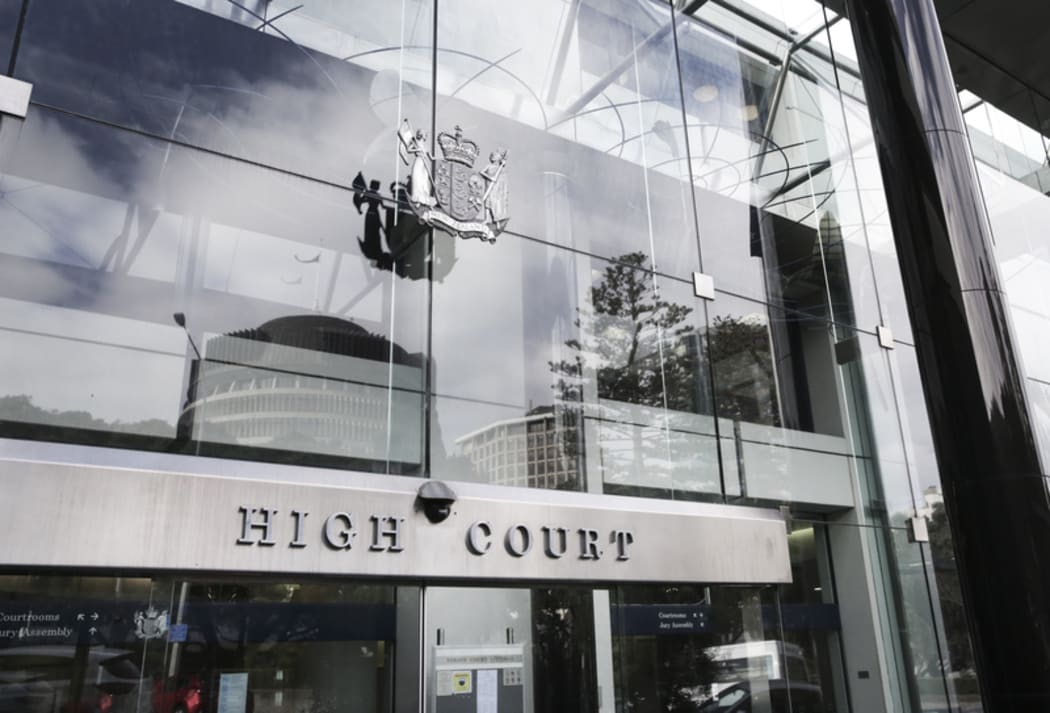Unlike many historical land claims in Aotearoa, Proprietors of Wakatū and Others v Attorney – General is a private law case against the government and not a Treaty of Waitangi claim.
The case is unique in the sense that it is led by the whānau and hapū who descend from the original Māori owners of the Nelson Tenths Reserves in Te Tauihu, who are seeking legal remedies for breaches of trust law, via the courts.
Wakatū Incorporation, the modern-day trustee of the remnants of the Tenths Reserves, is funding the case, and has been leading the work to resolve this matter for many years.
For these reasons, the government has grappled with how to treat our case, which has been subject to ongoing litigation through various Courts and Tribunals in Aotearoa since 1986.
Here are some of the key differences between Treaty claims and private law claims in Aotearoa.
Treaty claims under Te Tiriti o Waitangi
Treaty claims and settlements under Te Tiriti o Waitangi have been a prominent feature of the political landscape of Aotearoa since the introduction of the Treaty of Waitangi Act 1975 and the Waitangi Tribunal.
The Treaty settlement process was introduced by the government in an attempt to address historical grievances and injustices with Māori arising from the signing of Te Tiriti in 1840. Disputes and grievances include land confiscations, breaches of Treaty principles and issues surrounding Māori land rights, among others.
In order to receive settlement redress a body known as a post settlement governance entity (PSGE) is required by the Government to represent all members of the claimant group and to receive the settlement. A PSGE is arguably representative of an iwi.
The Treaty settlement process typically follows the below steps:
- A representative Māori group (usually an iwi) raises a historical claim with the Government, outlining the specific breaches of Te Tiriti and the impacts of these breaches on people and resources;
- Once a claim is accepted, the next stage is negotiations between iwi and government. These negotiations usually take several years and can involve issues such as the return of culturally significant sites and lands, financial compensation and the establishment of resources or co-governance arrangements;
- When iwi and government have reached agreement, these terms of settlement are recorded in a Deed of Settlement, a legally binding document. This document sets out the redress package and the steps the government will take to attempt to address historical grievances;
- The Deed of Settlement is then presented to iwi members for consideration and ratification. The Deed is put to vote and a majority vote is required to accept the settlement;
- Once the Deed of Settlement is ratified, the settlement is implemented and the government must fulfil its obligations outlined in the Deed including any financial payments, land transfers and cultural or social initiatives.
A private claim against the government
A private claim against the government is significantly different to a Treaty claim. It arises when a person or entity believes that they have suffered a legal harm or loss due to the actions or omissions of the government or its agencies.
A private claim is not made under the Treaty of Waitangi Act 1975 and therefore doesn’t follow the Treaty settlement process. It is a claim filed in the court as a legal proceeding, with legally enforceable consequences in the event the legal claim is satisfied.
The general steps involved in pursuing a private claim in the courts in Aotearoa are:
- Identifying the claim and gathering evidence to support it. You are required to demonstrate the harm and/or loss suffered
- Filing the claim in the appropriate Court; and
- Once the Court process has been actioned, it follows usual civil litigation procedures. This involves the exchange of information and evidence (discovery) and, failing successful settlement discussions, will result in Court hearings
Following the court hearing, the Court will issue a decision in favour of the claimant or the government. If the claimant succeeds, the Court will determine the appropriate remedy such as damages or other forms of relief. This is enforceable. This can include compensatory damages such as restoring the injured party to the position they would have been in (as practically as possible), had the wrongful action not occurred.
Proprietors of Wakatū and Others v Attorney-General – a private law claim
Our case is known as Proprietors of Wakatū and Others v Attorney-General and is a private law claim against the government. In 2017, the Supreme Court, by a majority of 4-1, determined that the Crown owes a legal duty, as fiduciary to the owners of Nelson Tenths Reserves.The Supreme Court directed the parties back to the High Court to determine issues of breach, remedies and Crown defences.
The nature of the duty owed is as follows:
- A duty to reserve one-tenth of the Nelson settlement area, amounting to 15,100 acres of land in Nelson, Tasman and Golden Bay; and
- A duty to protect and reserve the land where our whānau and hapū lived, cultivated food, and established sacred places, such as urupā
Our case asserts that the government is in breach of its fiduciary duties in relation these two important duties.
 This article has been written by civil litigation lawyer Sade Sadd. Sade received a Wakatū Incorporation tertiary education scholarship in 2017 and is part of Te Hunga Panuku scholarship alumni group. Sade’s original owner tūpuna is Hakopa Hotu and she connects to Wakatū through her Ngāti Rārua whakapapa.
This article has been written by civil litigation lawyer Sade Sadd. Sade received a Wakatū Incorporation tertiary education scholarship in 2017 and is part of Te Hunga Panuku scholarship alumni group. Sade’s original owner tūpuna is Hakopa Hotu and she connects to Wakatū through her Ngāti Rārua whakapapa.

